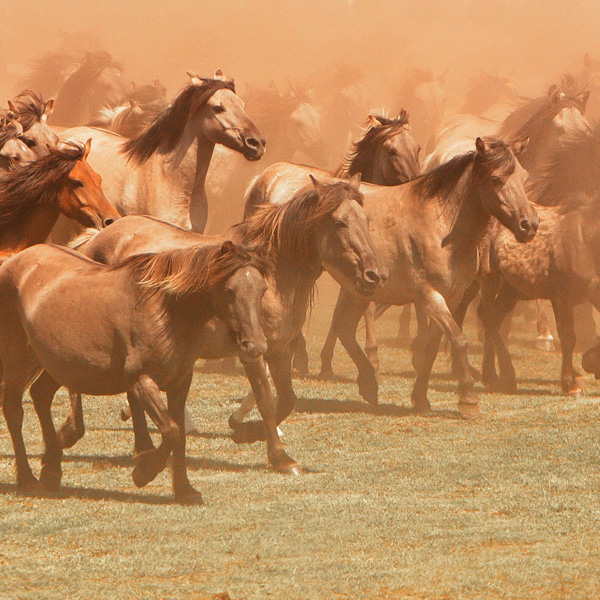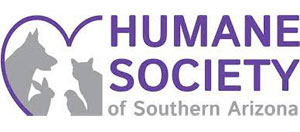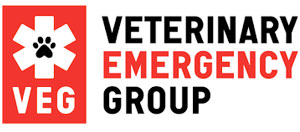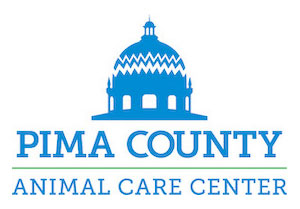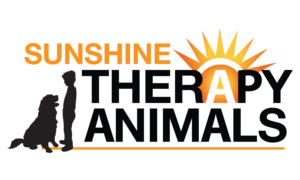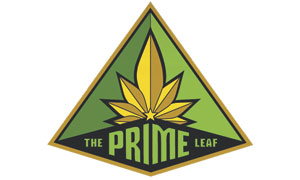Before you get yourself worked up into a tizzy, WHIP is an acronym that stands for Wild Horse Inmate Program — not a literal whip to cower the unruly or unwilling. It’s a program run by the Arizona Correctional Industries (ACI) in conjunction with the Bureau of Land Management (BLM), where they work together to provide inmates with hands-on training in the equestrian field. It’s also an opportunity for wild horses and burros to find forever homes with the public.
Under the guidance of experienced trainers, wild horses and burros obtained from BLM are gently domesticated with the help of prison inmates so that they can then be offered for adoption, hopefully leading to placement in a safe, loving environment. In WHIP, the inmates work to learn about the care and treatment of these animals while bonding with them and building their own self-confidence.
In doing so, they also gain valuable employment skills they can then use upon their eventual release. It is also viewed as an opportunity for participants to learn the value of patience, warmth, and respect for all living things — something a lot of people could use.
The horses and burros are fed and cared for at the Florence BLM holding facility across from the prison complex near Butte Avenue and Route 79. The Arizona Wild Horse and Burro Training and Holding Facility opened in May 2013. The state-of-the-art facility has a capacity of up to 1,000 wild horses and burros staffed by professional horse trainers who provide horsemanship, animal husbandry, and farrier skills.
Many of the inmates taking part in the program admit that they had issues with patience and anger or aggression when they were incarcerated. Working with the animals helps them to overcome those feelings. The men spend approximately three to four months training the equines they’re paired with. The biggest hurdle on the part of the animals is trust, which is another thing many of the prisoners know about all too well.
Inmates must apply to be a part of what has become a coveted program. After all, who wouldn’t like to spend their days outdoors enjoying the company of animals? In order to be considered for the job, they need to have a high-school diploma or already have started working toward their GED. The ability to perform manual labor, as well as a willingness to grow through the experience and a record of good behavior, are also pluses taken into consideration when selecting candidates.
Interestingly enough, one thing that isn’t necessary, according to former program supervisor Randy Helm, is previous experience working with horses. In fact, he’s been noted as saying that for this work, “The best trainers have no experience, because some guys with horse experience aren’t teachable.”
Helm described the technique used there as horse whispering due to the method’s calm, quiet, and gentle approach. He also compared the animals’ distrustful behavior coming out of the wild as key to their survival instincts to that of their prison handlers’ learned survival tactics stemming from their own backgrounds. The YouTube link below via azcentral.com tells the complicated yet fascinating story brilliantly.
While the facility is closed to the public, there will be an adoption event on May 10 at the prison complex for anyone interested. Untrained equines are available first come, first served. They cost between $25 and $125 to adopt. The costs for trained horses start at $1,000 and burros at $500. These events are held periodically throughout the year. For more info, visit www.blm.gov/programs/wild-
For some background and insights, the Bureau of Land Management manages, protects, and controls wild horses and burros under the authority of the 1971 Wild Free-Roaming Horses and Burros Act. The law authorizes the BLM to remove excess wild horses and burros from the range in order to sustain the health and productivity of the public lands.
As of March 1, 2024, nationwide, the population estimate for wild horses and burros was 73,520. Statistics for 2023 point to a total of 8,045 animals being placed into private care. That number includes adoptions, sales, and transfers. Since 1971, the BLM has placed approximately 290,000 wild horses and burros into private care. As a result, many of the equines are said to have become pleasure, show, or work horses.
Of the 10 states with wild horse and burro populations, Nevada has the largest. According to the Salt River Wild Horse Management Group, the BLM estimates that we have fewer than 500 wild horses left in the entire State of Arizona today.


